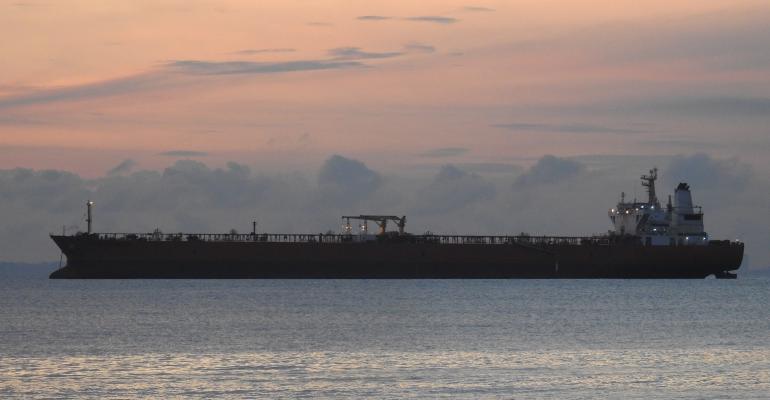London-based shipbroker, Gibson, has suggested that the oil cartel’s decision to raise oil output by 400,000 barrels per day (bpd) from March could be good news for crude tanker owners, many of whom have suffered a miserable start to the year.
The International Energy Agency (IEA) has predicted that if OPEC+ members maintain their present strategy, then global oil supplies could rise by 6.2m barrels per day this year. If this happens, it would represent the largest-ever annual increase in oil supply.
However, despite high prices, some OPEC+ members are producing less oil than their allotted quotas, Gibson noted in its most recent weekly report. Nigeria and Angola have been pumping 740,000 barrels per day less than they could under the present quote arrangement.
The shortfall accounts for more than 90% of OPEC+ under-production recently. The two countries may be able to raise production by a margin, Gibson said, but not enough to contribute significantly to the cartel’s production growth this year.
The shipbroker noted that the current quota system does not allow OPEC+ producers to raise output by way of compensation for shortfalls from other countries. Nevertheless, in May, oil exporters will receive a quota boost and Middle East producers – including Saudi Arabia, Kuwait and the UAE – all have spare capacity as things stand. They will receive a quota uplift totalling 1.13m bpd in May.
The US is also likely to raise production by about 1m bpd, Gibson said. ExxonMobil and Chevron have both announced plans to raise output from the Permian Basin this year. Brazil is also likely to increase production and ExxonMobil is likely to start producing oil at its new Guyana operation.
“The IEA’s forecast does seem optimistic,” Gibson said. Although it has a range of uncertainties, it paints “a positive demand story for tankers”. Supply could exceed demand later in the year, suggesting that countries may target stock re-building.
Iranian output is not included in the estimates, however, and this remains uncertain. Meanwhile, the geopolitical backdrop “is the tensest in decades”, Gibson observed.
Most recent crude oil prices show Brent trading at about $92.7 per barrel, up 17.5% over the last month, and West Texas Intermediate at $91.6, up 21%.
Copyright © 2024. All rights reserved. Seatrade, a trading name of Informa Markets (UK) Limited.
Add Seatrade Maritime News to your Google News feed.  |

